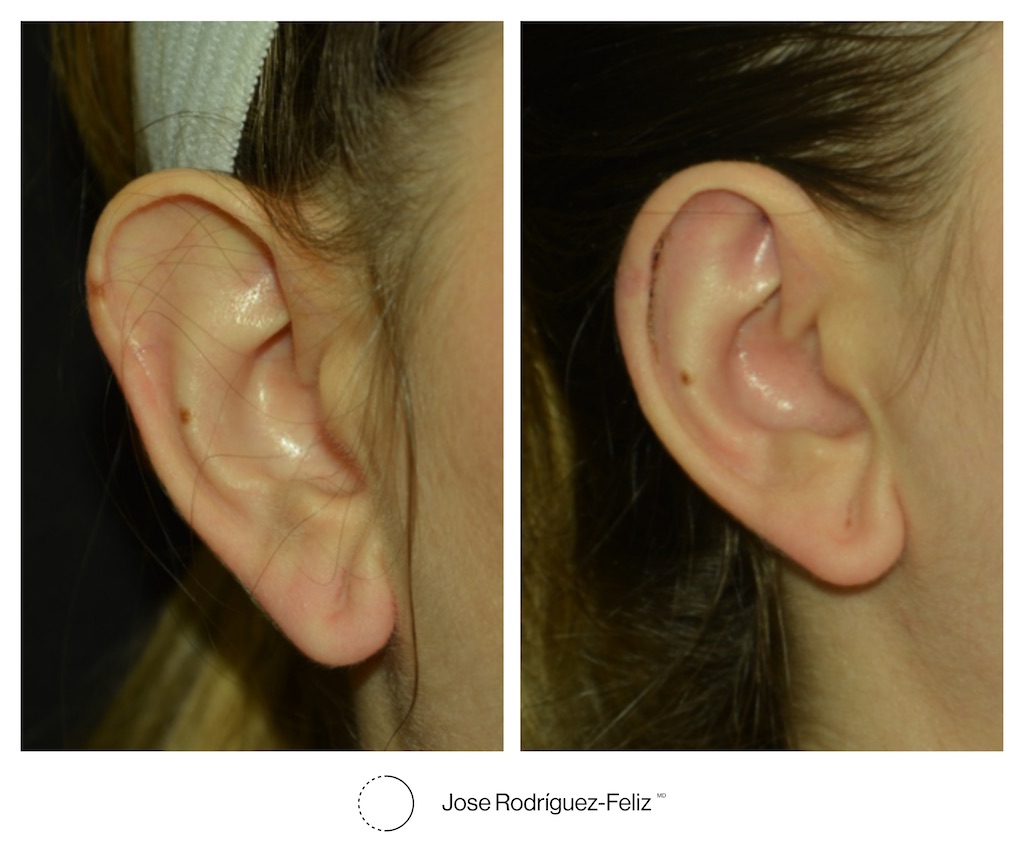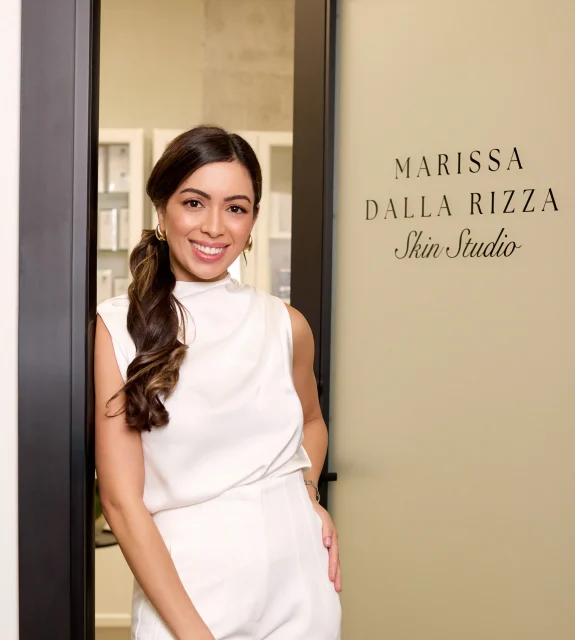 Photo Credit: Photo courtesy of Dr. Jose Rodriguez Feliz
Photo Credit: Photo courtesy of Dr. Jose Rodriguez Feliz
Nationally renowned board-certified plastic surgeon, Dr. Rodríguez-Feliz serves local and international clients at his boutique aesthetic practice in Miami, FL. He is one of few surgeons in the United States that after completing his Residency in Plastic and Reconstructive Surgery, pursued further training in Oculoplastic and Aesthetic Surgery under world-renowned plastic surgeon Dr. Mark Codner. This gave him the opportunity of nurturing his passion for form and beauty as well as to earn a specialization in aesthetic eyelid surgery (blepharoplasty), complex/revision eyelid surgery, correction of droopy eyelids (ptosis surgery), facial plastic surgery (e.g. face/neck lifts, nose surgery, ear surgery), non-surgical facial rejuvenation (e.g. Botox/Dysport, dermal fillers), and aesthetic breast surgery (e.g. endoscopic breast augmentation).
He has published numerous peer-reviewed articles in some of the industry’s top scientific journals, including Plastic and Reconstructive Surgery®, Annals of Plastic Surgery, Journal of Craniofacial Surgery, and Aesthetic Plastic Surgery. Dr. Rodríguez-Feliz and co-authors were honored with the 2015 Best U.S. Paper Award by Plastic and Reconstructive Surgery®, the premier and most prestigious plastic surgery journal in the world.
Haute Beauty sits down with Dr. Rodriguez-Feliz to learn more about macrotia ear surgery, the procedure to make your ears smaller.
HB: What is macrotia ear surgery?
Macrotia ear surgery is a specific type of ear reshaping procedure that aims to correct enlarged ears. This is a different from the most common type of ear surgery (otoplasty) where the ears are pinned back. Ear pinning is done for protruding ears while macrotia surgery is performed for those that dislike the size of the ear. In most patients, it is the upper aspect of the ear that has excess cartilage, but an enlarged earlobe can be present and must be addressed at the same time. Taking the time to really understand their concerns is extremely important in choosing the correct procedure for this particular subset of patients that are looking for a solution to a very specific problem. Pining the ears back on a patient that otherwise needs a height reduction, will result in an unsatisfactory outcome.
HB: How does macrotia ear surgery work?
Macrotia ear surgery is an outpatient surgical procedure that I perform under local anesthesia and IV sedation, meaning no general anesthesia nor endotracheal intubation are required. Although some patients also need their ears pinned back, the main goal is to reduce the height of the ear by trimming cartilage from the top 1/3 of the ear (scapha) through a small hidden incision in one of the anterior concave contours of the upper ear. Some patients also need pining back and/or reduction of the earlobe as well.
 Photo Credit: Shutterstock
Photo Credit: Shutterstock
HB: Who is a good candidate for ear reshaping surgery?
The best candidate are those patients that are unhappy with the size of their ears. They usually come to my office saying something along this line: “Doctor, I have elephant ears. I would like them smaller.” When I hear this, I start to think about macrotia ear surgery. On the other hand, when I hear: “Doctor, my ears stick out too much,” then those patients are usually looking to have their ears pinned back as it is performed during a conventional otoplasty.
HB: How does this procedure compare to others of the same nature?
The terminology can be confusing but is important to know the difference between macrotia ear surgery and a conventional otoplasty. In a conventional otoplasty, there is an incision in the back of the ear the is used to suture the anti-helix to recreate the missing fold and also to get the ears closer to the head (pinning). On the other hand, macrotia ear surgery will require a small incision on the anterior aspect of the ear in one of the hidden contours along the helical rim to remove excess cartilage and reduce the size of the ear. Some patients may also need an earlobe reduction to improve the overall size and create a more proportional ear.
HB: What does recovery look like?
The recovery is between 5-7 days. Pain is controlled without narcotics. A headband is required at all times for 1 week, and then at night to sleep thereafter. Most patients return to their normal daily activities within one week of surgery. Full recovery will take about 4-6 weeks as in any surgical procedure. Scars will continue to fade over the course of 3-12 months.
For more information, visit Dr. Jose Rodríguez-Feliz's social media:





















